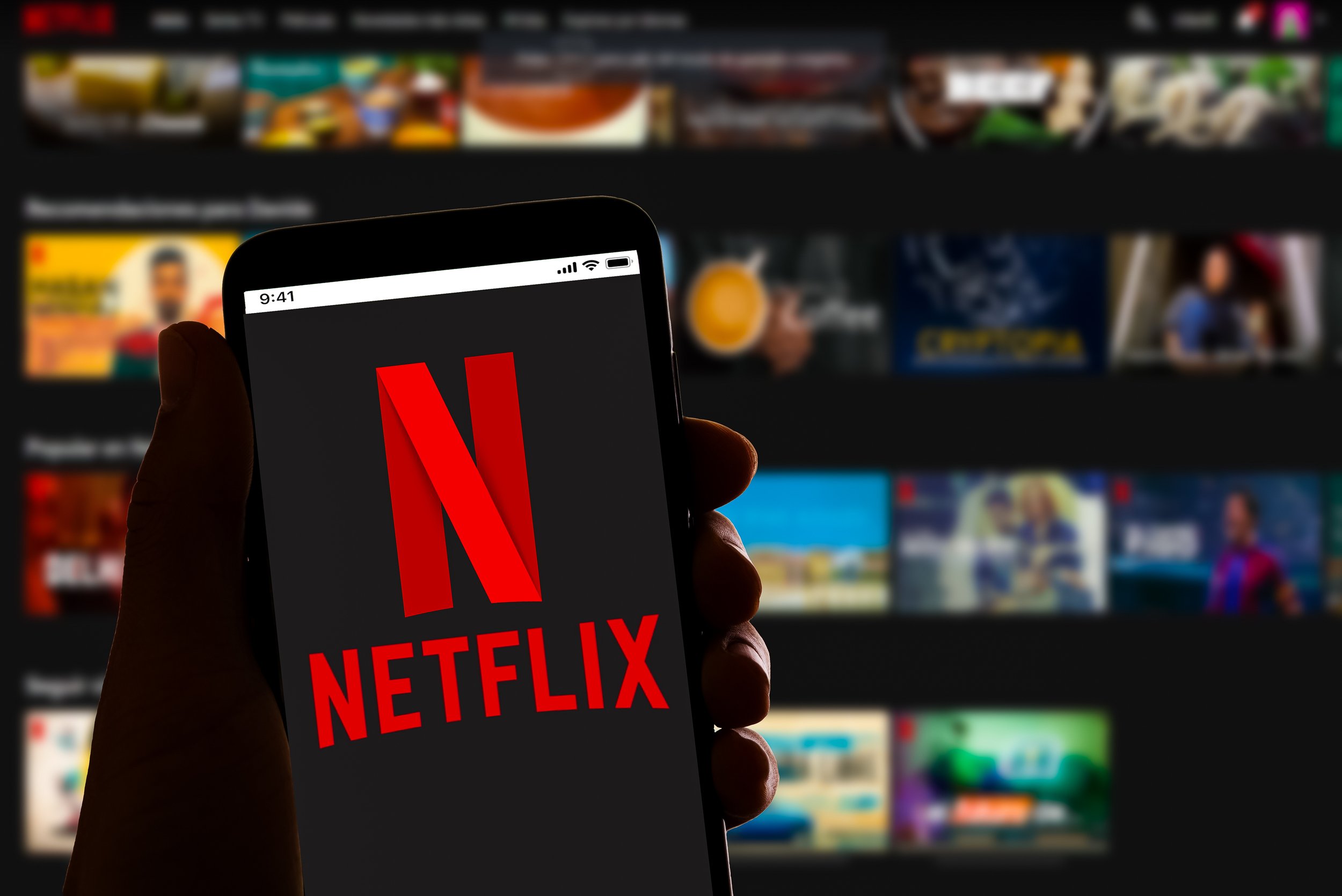Netflix Mobile App Redesign
Simulate Client Project
Challenge in Hand
Netflix, a leading streaming platform, sought to increase social engagement and sharing capabilities within its existing application while maintaining its competitive edge in the market. The goal was to expand upon Netflix’s existing design to foster a stronger sense of community among users.
Solution
Our team proposed the integration of two interconnected features aimed at facilitating social interaction: friend connections and watch parties. These features would enable users to share movie and TV show recommendations with friends in their Netflix Network and organise synchronised viewing experiences.
The Competition
Direct and Indirect Analysis
The group focused on feature analysis of several direct competitors. Due to the fact that Netflix’s business needs stated the need to stay ahead of the competition, during this phase, I did start to ideate some possible solutions for Netflix’s new features.
While exploring direct competitors, I also examined platforms with successful social integration, such as Spotify and Instagram. This broadened our perspective on social features beyond streaming platforms.
Digging Deep
User Interviews and Persona
Initial user interviews revealed valuable insights but highlighted the need for a broader research objective. We revised our approach to delve deeper into users' social behaviors and preferences. This led to the creation of a comprehensive user persona, "Movie Maven," representing individuals motivated by the desire to discover and share content with their social circle.
Ideation and Solution
How Might We Statements to Ideas
Drawing from user needs and business objectives, we generated "how might we" statements to fuel brainstorming sessions. Collaboratively, we conceptualised features that align with Netflix's brand while offering innovative social capabilities. Our solutions included friend connections for sharing recommendations and watch parties for synchronised viewing experiences.
One Step Closer to Reality
Mid-Fi Prototype Design
We translated our concepts into a cohesive user experience through wire-framing and prototyping. Paying close attention to Netflix's existing design language, we crafted mid-fidelity wireframes with a connected flow that allowed the user to interact with our two added features.
Testing Grounds
Usability Testing
During the usability testing phase, I played a pivotal role in crafting the test guides and ensuring that they aligned with our research objectives. Collaborating with my team, we developed a script and identified key scenarios and prompts to evaluate user interactions with our new features.
My contribution involved refining the test script to focus on measurable metrics that would gauge the success of our design iterations. By establishing clear criteria for task completion, we aimed to gather actionable insights to inform further refinements.
In conducting the usability tests, I took the lead in guiding participants through the scenarios and prompts, ensuring consistency in the testing process. By observing user interactions firsthand, I gained valuable perspectives on how our features resonated with different individuals.
Usability Testing Results
Following the usability tests, we aimed to identify trends and patterns in user behaviour.
By meticulously reviewing video recordings and noting user actions and feedback, we gained a comprehensive understanding of the strengths and weaknesses of our designs.
One notable finding from the usability tests was the challenge users faced in dismissing notifications, with a significant failure rate observed. Recognizing the importance of addressing this issue, I worked with my team to explore alternative notification dismissal mechanisms that would enhance user experience.
Additionally, the usability tests highlighted the effectiveness of our category navigation design, with the majority of users successfully locating the "available for watch party" category. This positive outcome validated our approach and provided affirmation that our design decisions were resonating with users.
Accessibility Considerations
A key takeaway from the usability testing phase was the importance of accessibility. Through user feedback and observations, we identified areas where our design fell short in accommodating users with vision impairments.
To address this, I led efforts to enhance accessibility by increasing button sizes, improving text readability, and incorporating clearer visual cues throughout the interface. By prioritising inclusivity in our design iterations, we aimed to ensure that all users could engage with our features seamlessly.
Overall, the usability testing phase served as a crucial feedback loop, allowing us to refine our designs iteratively based on real user insights. By incorporating user feedback and addressing usability issues, we were able to create a more intuitive and user-friendly experience for Netflix users.
[Add images and talk about my contribution to the hi-fi, making all buttons (even those that werent interacted with) with minimum padding for accessibility standards]
High Fidelity Iteration
We refined the user interface to address usability issues and enhance user engagement. Clarity and accessibility were prioritised, with larger buttons and improved navigation elements. User suggestions from usability testing were integrated, including a drop-down calendar for scheduling watch parties.
Next Steps
Building on the success of our initial features, future iterations will focus on expanding social capabilities. Planned enhancements include search functionality within the "Netflix network" and live chat during watch parties to enrich the communal viewing experience.
By integrating socialization features seamlessly into the Netflix platform, we aim to not only meet user expectations but also set new standards for social engagement in the streaming industry.






